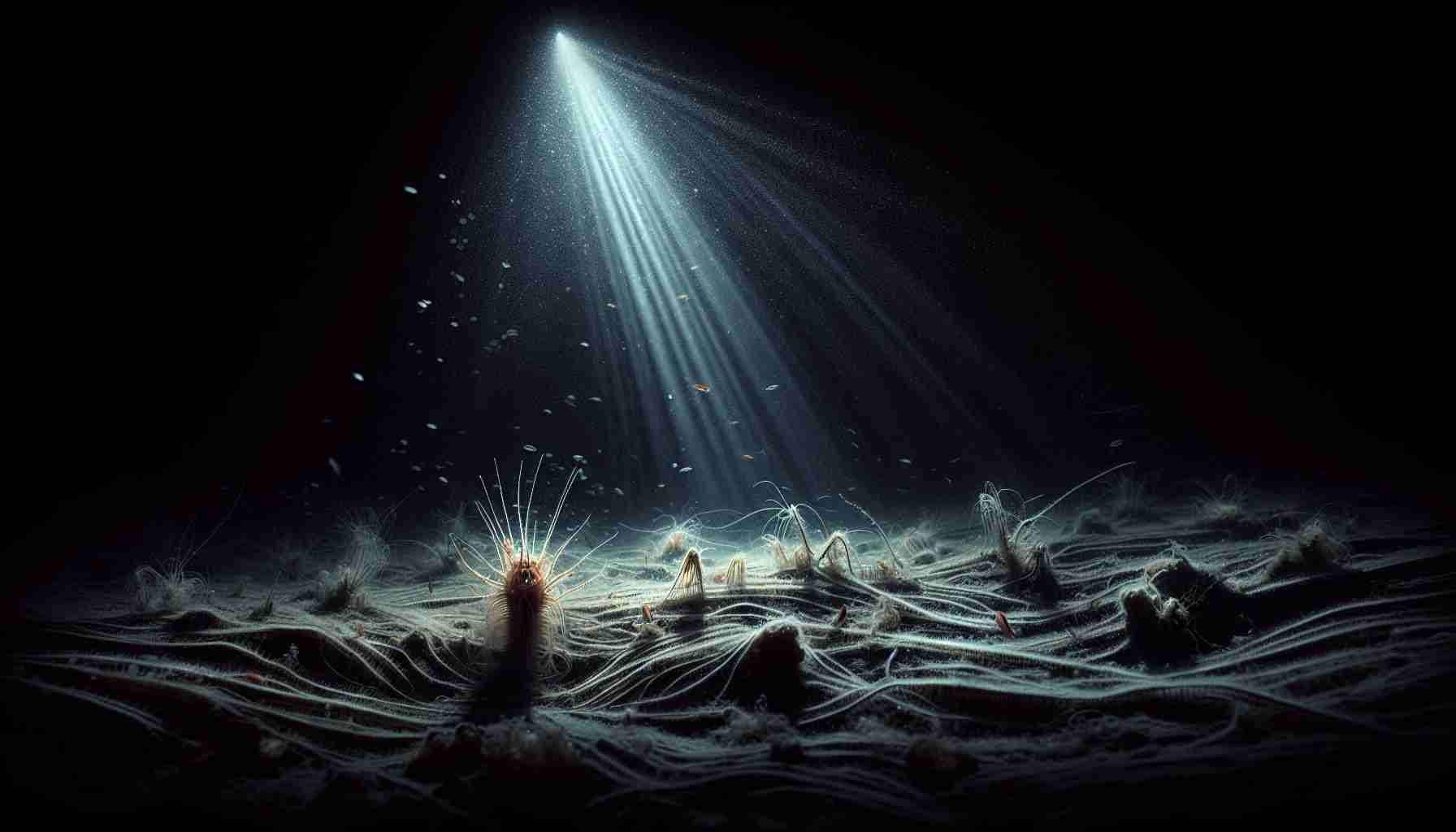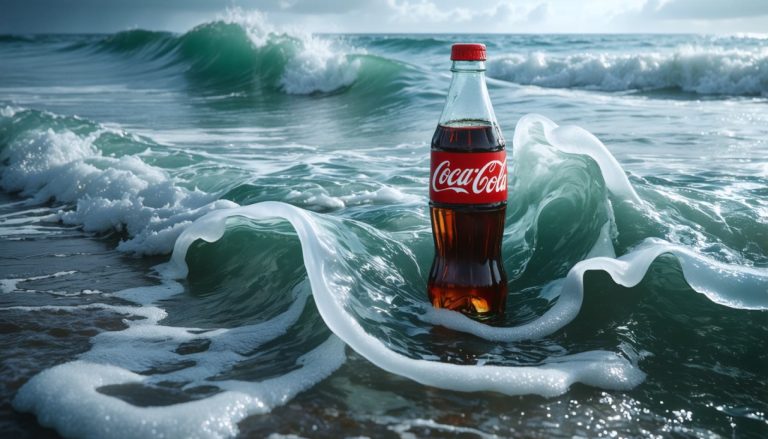
In a surprising turn of events beneath the waves, a rare phenomenon was unveiled as one apex predator fell victim to its own kind.
A recent study reveals a shocking incident, marking the first documented case of a colossal porbeagle shark meeting its demise in the jaws of another formidable shark predator.
https://youtube.com/watch?v=O3-jI7a3WCM
The unforeseen demise raises intriguing questions about the dynamics within the underwater realm, hinting at potential shifts in the behavior of large predators.
The relentless pursuit of scientific understanding propelled a team of researchers on a satellite tracking mission in the Northwestern Atlantic to unravel the mysteries surrounding the female porbeagles’ migratory patterns and nesting grounds.
The unsuspecting victim of this encounter, affectionately named Penelope, was one among several sharks tagged off the Cape Cod coast. Her tragic fate came to light through the anomaly detected in the data transmitted by the tracking device, indicating a swift and untimely end.
While the exact identity of the predator remains a mystery, the clues left behind by the data suggest a strong possibility of a mature female white shark being the perpetrator.
Contemplating the ramifications of such occurrences unveils a broader concern for the delicate ecological balance, especially considering the endangered status of the porbeagle species.
The repercussions extend far beyond the realm of the deep-sea dwellers, as the interdependence of marine life underscores the critical role that apex predators play in sustaining the health of our oceans.
Exploring the Depths: Unveiling Hidden Realities of Ocean Predators
In the enigmatic world beneath the ocean’s surface, a unique interplay of power dynamics unfolds among its inhabitants, often defying conventional expectations. While recent revelations shed light on a rare incident involving the demise of a colossal porbeagle shark, further exploration raises intriguing questions and challenges surrounding unexpected predators lurking in the ocean depths.
Key Questions:
1. What factors contribute to the shift in behavior observed among large predators in the underwater realm?
2. How do these unforeseen predator-prey interactions impact the overall ecosystem balance?
3. What are the underlying motivations and triggers leading to such unexpected encounters in the marine world?
Answers and Insights:
1. The interplay of environmental factors, competition for resources, and evolving predator dynamics could potentially drive shifts in behavior among large predators in the ocean depths.
2. Unexpected predator interactions can have cascading effects on the marine ecosystem, influencing prey populations, food webs, and overall biodiversity.
3. Unraveling the complexities of predator behavior requires a multifaceted approach, integrating research on migration patterns, feeding habits, and genetic studies to better understand the motivations behind such encounters.
Challenges and Controversies:
1. Identifying the specific predators involved in these unexpected interactions poses a significant challenge due to the vast and often inaccessible nature of the ocean depths.
2. Balancing conservation efforts with the natural order of predator-prey relationships raises ethical dilemmas and controversies regarding intervention versus non-interference in such ecological phenomena.
3. Addressing the potential implications of these predator dynamics on endangered species like the porbeagle sharks underscores the urgency of proactive conservation measures to safeguard vulnerable populations.
Advantages and Disadvantages:
Advantages:
– Uncovering unexpected predator behaviors provides valuable insights into the intricacies of marine ecosystems, aiding conservation efforts and ecosystem management.
– Studying predator-prey dynamics offers opportunities for scientific advancement, enhancing our understanding of predator behavior and ecological relationships.
Disadvantages:
– Unforeseen predator interactions could potentially disrupt fragile ecosystems, leading to imbalances and negative repercussions for marine biodiversity.
– Ethical considerations surrounding predator behavior research and conservation interventions may spark debates and conflicting viewpoints among stakeholders.
For further exploration on marine predator dynamics and ecosystem interactions, visit the National Geographic website at nationalgeographic.com.



